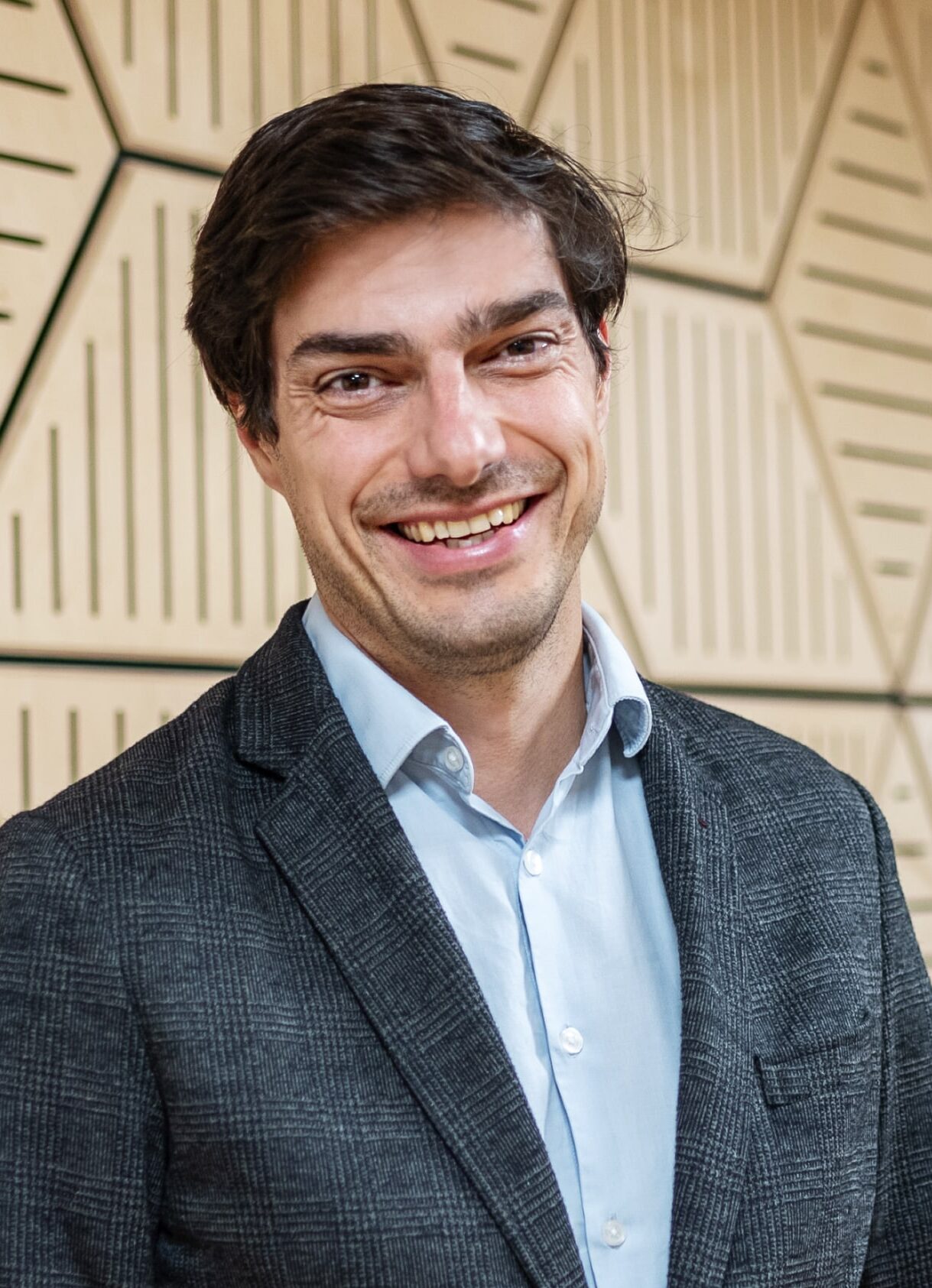We are now open for applications from social investment providers to join a co-development cohort to develop plans for our flexible finance for the recovery programme.
This is the second of two major new blended finance initiatives which we have launched in response to the impact of COVID on the sector, funded through £30m of dormant accounts committed to Access in May 2020.
The first focused on providing grant into programmes which were offering emergency loans to the sector. In most cases this grant has allowed the lenders to offer a blended product (grant alongside a loan) in order for more organisations to be able to afford to take on social investment as part of managing the impact of the pandemic on their finances. As outlined here, we are working with Social Investment Business and partners to offer grants alongside loans from the Resilience and Recovery Loan Fund, as well as a small number of other social investment providers, and have committed a total of just over £7m.
This second blended finance initiative is aimed at increasing the supply of social investment products that are more flexible and patient than have generally been widely available, for the purpose of strengthening the resilience of the sector in the recovery. The particular gap we are seeking to fill here is for products which the sector needs, but that have been difficult for social investment providers to offer because of the way they themselves are financed. They may be a more equity-like investments, where repayment is directly liked to some measure of growth, such as turnover. It may be a very flexible but relatively short term product which helps smooth the cash flow position for an organisation seeking to rebuild its trading base. Or, they may be loans with longer terms and even more patient features than can be offered through programmes like the Growth Fund, for example which recognise that affordability for an organisation may vary during the life of the loan.
Or it may also be something else entirely. We have tried not to get hung up on the type of product, but ground this much more in the ways in which different business models in the sector need financing. Or as one of my colleagues explained, both how and when money goes in, and how and when it comes out.
With the grant money we have at our disposal there is a temptation to offer the social investment providers we will work with almost unlimited flexibility to experiment with new products. After all, grant doesn’t need to be repaid. But that is not what our grant is for. The principle of blending different sources of capital in funds is not to use the grant to create the social investment products, but rather to use the grant to allow the other capital which will be provided, which should be the majority of the capital in the funds, to be more flexible and patient. By doing this we can leverage much more money to help the sector and build a model which is more likely to be able to be replicated in the future with other sources of grant. You can think of the grant as the bridge between the financing needs of the charity and social enterprise, and the risk and return parameters of the other investors. The grant will help mitigate risks which would otherwise be unacceptable for those investors.
In this programme we hope to see social investment providers who are building these patient and flexible products raising capital from a wide variety of sources to blend with the grant. Identifying the specific ways in which those funds should be structured to ensure that the grant is playing that de-risking role effectively, but not being used too liberally, is a key challenge.
In July, with our partners at Barrow Cadbury Trust who manage the Connect Fund, we opened a “call for ideas” on how the programme should be designed. This sought to both provide us with some insight on how to structure the programme as well as begin some early market testing with social investment providers who may wish to apply. A series of roundtables was supported by written submissions; we had insight from charities and social enterprises, infrastructure bodies as well as social investment organisations. It has been a very useful process and given us some important insight. Headlines from this exercise include:
- Whose recovery are we talking about? Give our role in enhancing the resilience of charities and social enterprises we have naturally focused on how the programme helps existing organisations to recover from the pandemic. However, a number of respondents stressed the importance of thinking about the recovery of communities and not just organisations. In places where pressing community needs are not being well met by existing organisations there may be an imperative to create something new. The challenge, though, for a social investment initiative is whether repayable finance can be the right tool to support a new organisation before it has an established revenue stream.
- Organisations will need more than just the right-shaped money, and respondents stressed the need for additional capacity building support for organisations before taking on investment and alongside the investment they receive as part of a longer term partnership with their investor. There were various discussions about how this should best be provided, noting the opportunity for infrastructure organisations to take this on, but also recognising the specialist nature of some of the work and the limited resources for infrastructure generally. A key question for the next stage of the programme will be how much resource is dedicated to this sort of non financial support from the programme.
- It is clear that social investment has not made itself relevant to all parts of the charity and social enterprise sector, and that take up amongst some parts of the sector, for example the BAME sector, seems disproportionately low. We have been clear that we want this programme to have a focus on equality and inclusion and specifically asked questions in the call for ideas about how best to embed this in the design. This has involved drawing on a variety of sector initiatives, including the Equality Impact Investing project and the Diversity Forum, as well as specific discussions with equality infrastructure organisations. The discussions focused on support for the BAME sector, and noted that many BAME organisations are themselves relatively small and fragile, potentially explaining why they have not received much social investment previously. A range of key questions emerged from the discussions, including whether the aim is to get more capital flowing to organisations led by diverse teams, and/or into organisations with a specific mission to tackle inequality. Respondents stressed the need for social investment providers to build new partnerships to reach deeper into the sector, and ensure that the composition of their investment committees and other decision making structures much better reflect the sector they are seeking to serve. They also made the point that some BAME organisations which are entirely focused on supporting their community may not be constituted as asset locked organisations and so some flexibility in eligibility around organisational form may be required.
We also learned from the specific responses from social investment providers who had indicated that they intended to apply for the programme, that many of them are only at the early stages of developing clear ideas about the specific products which they want to offer and/or how they will raise the matching capital to build a fund. These are complex challenges so that is not a surprise. It has, however, caused us to rethink how we develop the next stage of the programme. We have therefore decided to bring together a cohort of social investment providers who are strong candidates to receive investment to collectively address some of these key design challenges; around understanding the unmet financing needs of business models in the sector, identifying the right investment products, building a blended fund structure, effectively embedding equality and inclusion principles; as well as some of the more practical considerations in running a new fund such as origination of deals, legal structuring, data management. This will include identifying some shared solutions where appropriate.
At this stage we have focused the recruitment to the cohort on existing social investment providers. (There will be subsequent cohorts next year.) We have heard loud and clear the point made about new partnerships being needed to reach underserved parts of the sector and we expect that many of those social investment providers applying will already come with a potential partner. If not we will work with the cohort to identify what other expertise is missing and a number of organisations have already expressed a desire to help during the call for ideas. However we know the challenges of establishing new social investment providers from the Growth Fund, and the demands of designing new products and fundraising new capital will be greater here. We therefore believe that a track record as a social investment provider is essential for this early cohort.
Finally in terms of the question about eligibility of the underlying charities and social enterprises, we discussed the point raised in the call for ideas about the legal form of some equalities organisations and whether we should expand our eligibility beyond asset locked organisations at a recent board meeting. For our trustees this came to the heart of Access’s mission to help meet the charity and social enterprise sector’s capital needs, and so there is not a desire to significantly broaden eligibility beyond “regulated” social sector organisations. However we will work with the cohort to understand more about the nature of the flexibility which might be needed in some circumstances and explore whether there are other ways that we can become comfortable about private benefit and community impact.
The application process closes at noon on Friday 30th October. We are really excited to see how this programme can open up significant new opportunities for the financing needs of the sector to be met with blended finance solutions.









